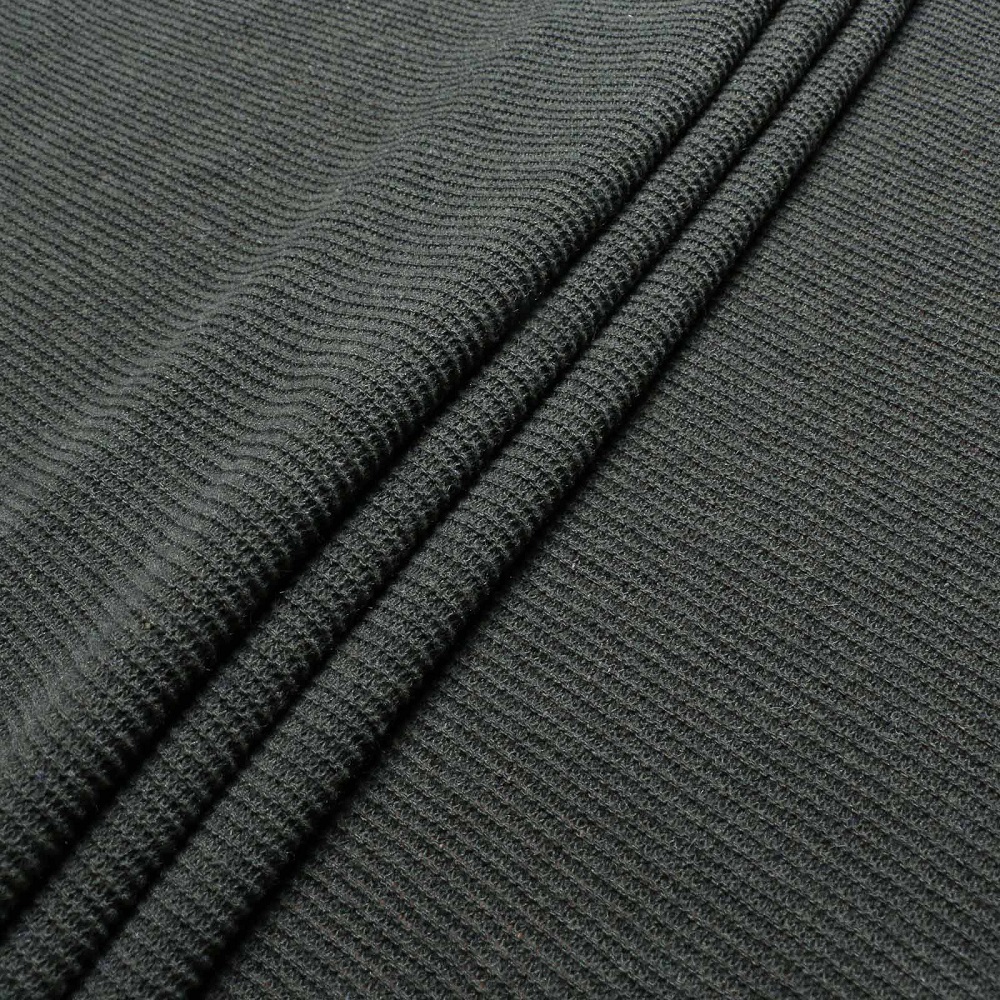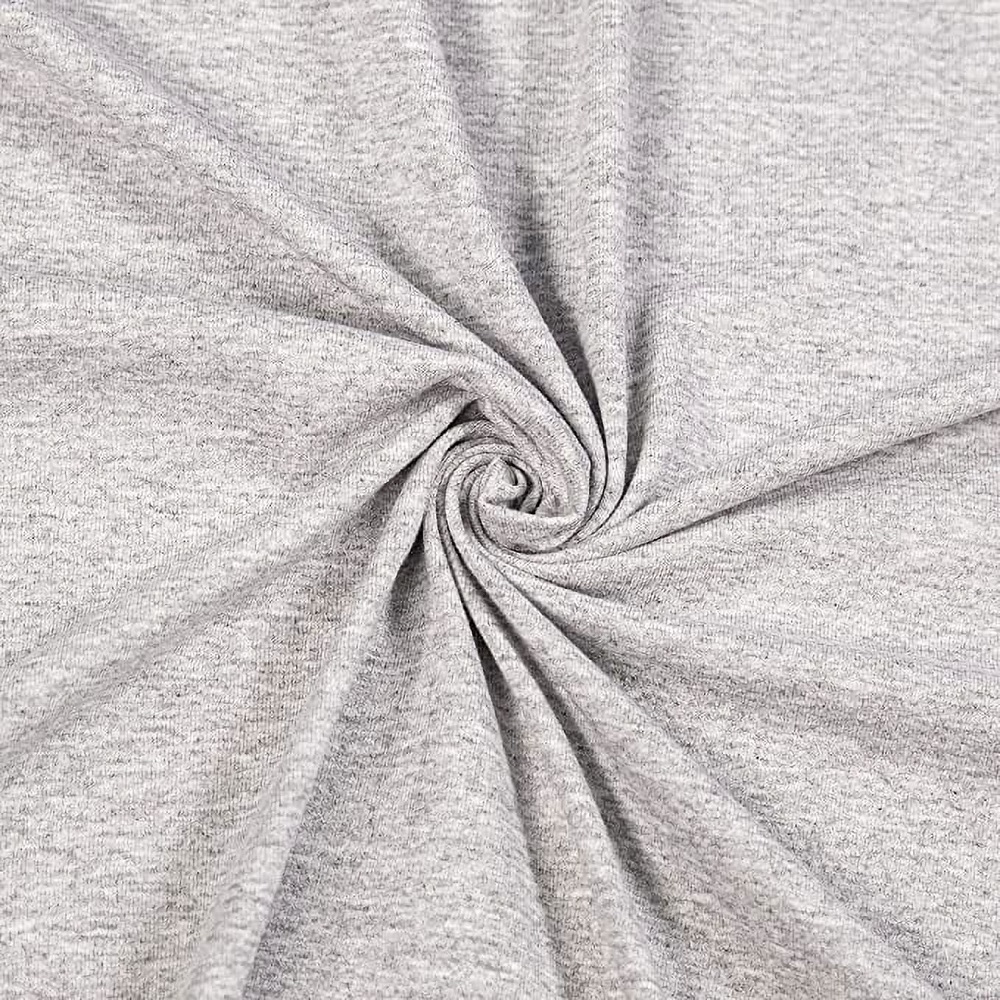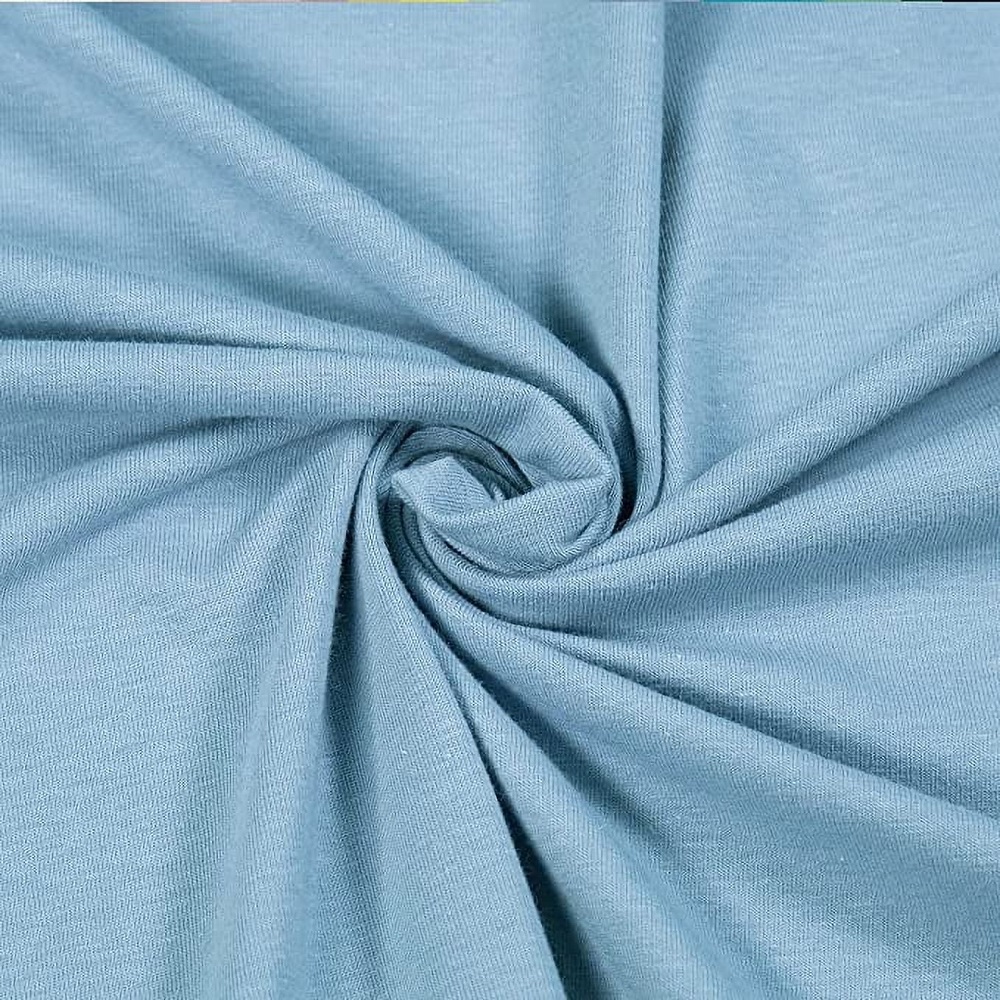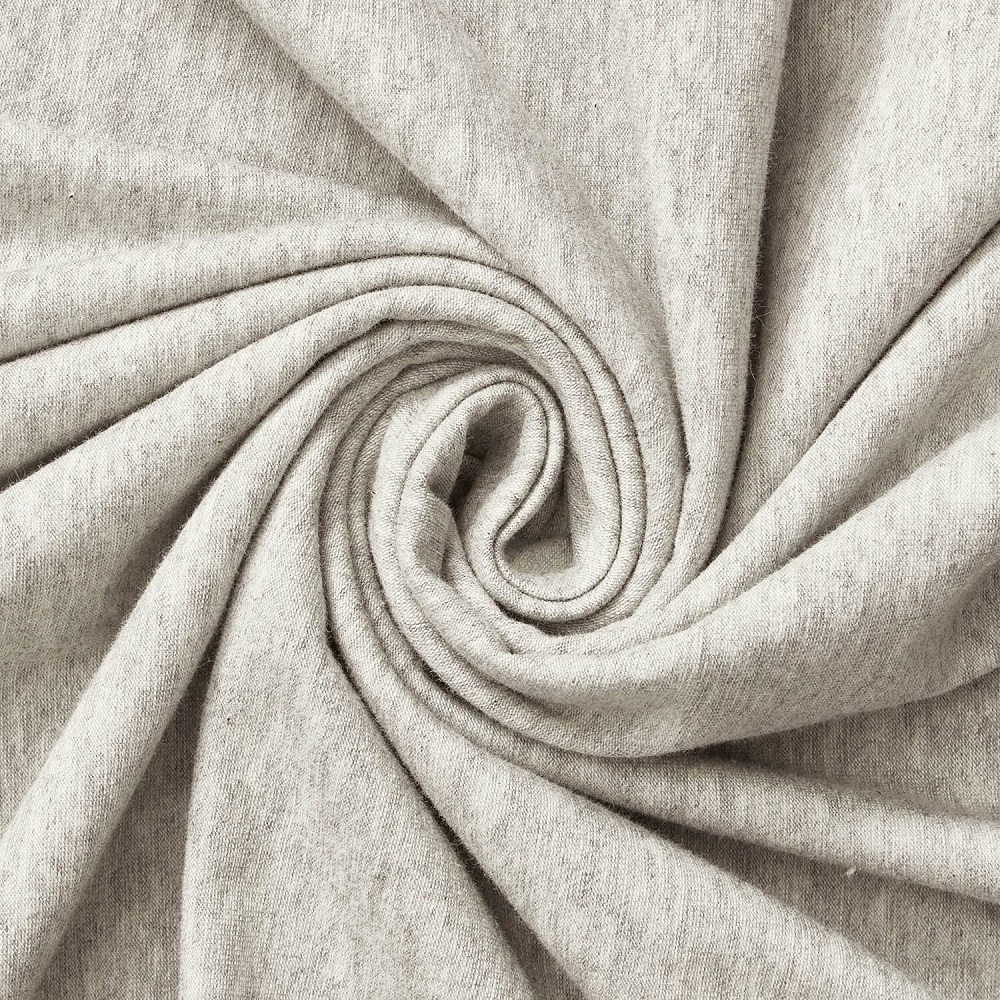Introduction to Cotton Knit Fabrics
Cotton knit fabric is a popular choice for a vast array of projects. Its unique characteristics make it versatile for clothing, accessories, and home decor. Before diving into the types and uses of cotton knit, understanding its basic nature is key. Cotton knit fabric provides comfort and ease of movement, making it a go-to material for designers and hobbyists alike. Its construction involves interlocking loops of yarn, which gives it that stretchy property distinct from woven fabrics. The stretchability factor allows for a forgiving fit, essential in many apparel items. Moreover, cotton knit is breathable. This makes it perfect for wear across different climates, providing warmth without overheating. As a natural fiber, cotton knit is also gentle on the skin. This fabric is suitable for items that will be in direct contact with the skin, such as t-shirts and baby clothing. With a basic understanding of cotton knit fabrics, one can make an informed choice on the right variety for their project. We will delve into the types of cotton knit and their unique benefits in the following sections.
Different Types of Cotton Knit Fabrics
When embarking on a project, choosing the right type of cotton knit fabric can greatly influence the outcome. Here’s a look at some of the most common types, each with unique characteristics and advantages for specific uses.
Jersey Knit
Jersey knit is notably soft and has a slight stretch, making it comfortable for everyday wear. This single-knit fabric is smooth on one side and has a textured, purl stitch on the reverse. It’s ideal for t-shirts, lightweight draping dresses, and undergarments. Because of its breathability, jersey knit fabric keeps you cool in summer and cozy in winter.
Interlock Knit
Interlock knit fabric is similar to jersey but differs as it has two layers of fabric knitted together. This results in a thicker, more opaque fabric that offers more warmth. The texture is smooth on both sides, and it has moderate stretch. Interlock knit is suitable for more structured garments like polo shirts and baby onesies. It’s also an excellent choice for projects requiring a soft yet stable fabric.
Rib Knit
Rib knit fabric features vertical ridges where the knit and purl stitches alternate. This type of cotton knit fabric provides significant stretch and recovery, making it ideal for cuffs, collars, and fitted apparel. The elasticity ensures a snug fit, while maintaining comfort, which is why rib knit is often used in the making of sweaters and knit hats.
French Terry
French Terry fabric is characterized by its looped inside and smooth outside. This medium-weight knit is absorbent and dries quickly, making it a favorite for loungewear and towels. It provides a blend of comfort and warmth without being too heavy and is excellent for cooler weather clothing or cozy throw blankets. The texture also adds a unique aesthetic to any project.

Key Factors to Consider When Choosing Cotton Knit
When selecting the ideal cotton knit fabric for your project, several key factors come into play. Understanding these elements will help ensure that your finished product meets your expectations in terms of appearance, fit, and comfort. Consider the following criteria when making your choice.
Weight and GSM
The weight of the fabric, often measured in GSM (grams per square meter), is crucial. Lighter weights are great for breezy summer clothes, whereas heavier ones suit winter wear. Check the GSM to gauge fabric thickness and suitability for your project.
Stretch and Recovery
Cotton knit’s ability to stretch and return to its original size, known as recovery, is vital. High stretch fabrics are perfect for body-con apparel. Look for good recovery to avoid saggy garments after wear.
Softness and Comfort
Since cotton knit often touches the skin, softness matters. For close-fitting clothes, choose a soft fabric to enhance comfort throughout the day.
Durability and Care
Consider durability and how to care for the fabric. Some cotton knits require delicate handling, while others can withstand frequent washing. Select a durable fabric that suits your care preferences to extend the life of your project.
Popular Uses for Cotton Knit Fabrics
Cotton knit fabric holds a special spot in the hearts of crafters and designers for its versatility. Its various types adapt well to numerous creative projects. This section highlights some of the most popular uses of cotton knit fabric across different categories.
T-Shirts and Casual Wear
Cotton knit fabric is the star of casual wear. Its comfortable stretch makes it ideal for t-shirts that fit well and feel great. This fabric’s breathability offers all-day comfort, which is essential for daily outfits. Jersey knit, in particular, is a top pick for casual t-shirts and tops that drape beautifully and move with the body.
Baby Clothes and Accessories
Softness and gentle touch on the skin are non-negotiable when it comes to baby clothes. Cotton knit, especially interlock knit with its smooth texture on both sides, ensures comfort for sensitive baby skin. The fabric’s stretch allows for easy movement, making it a prime choice for onesies, baby hats, and blankets that snugly wrap the little ones.
Home Decor Items
Beyond clothing, cotton knit is also a favorite for home decor. Its cozy nature translates into throw blankets and cushion covers you love to touch. French Terry fabric, with its unique looped interior, is often used for items that require a soft yet durable texture. Its quick-drying properties are also beneficial for bathroom items like plush towels.

Buying Tips for Cotton Knit Fabric
Securing the perfect cotton knit fabric requires more than just knowing the types and their uses. It’s also about making smart purchasing decisions. Below are some savvy tips for buying cotton knit fabric that ensure quality and value for your money.
Reading Fabric Labels
Always take a closer look at fabric labels. They tell you the fabric content, weight, and washing instructions. Pay attention to the percentage of cotton, as this impacts softness and durability. Also, check care symbols to gauge ease of maintenance. Labels inform you if the fabric has additional treatments, like pre-shrinking or stain resistance, which are beneficial for longevity.
Understanding Fabric Width
Fabric width varies, and it’s essential for calculating how much you need for your project. Standard widths range from 45 inches to 60 inches. Wider fabrics mean fewer seams, which is great for larger items. Measure your pattern carefully, and always buy a little extra to allow for errors or shrinkage.
Choosing the Right Supplier
The supplier can make a significant difference in the quality of fabric you receive. Look for sellers with good reviews and a reputation for providing high-grade textiles. If possible, order samples before making a large purchase. This helps you feel the texture and assess the stretch and recovery firsthand. Support local businesses when you can, but also explore online retailers for a wider selection.

Conclusion and Final Recommendations
Choosing the right cotton knit fabric can elevate your sewing project from good to great. Remember to consider the type of knit, weight, stretch, softness, and durability that fit your end use. Jersey knit is unmatched for casual wear, while interlock knit is essential for baby apparel. Rib knit offers great elasticity for trims, and French terry stands out for cozy home items.
When purchasing, always read the fabric labels for content and care instructions. Pay attention to the fabric’s width to ensure you have enough for your pattern, and try to order samples to check quality. Partner with reputable suppliers for the best materials.
Armed with these insights, you’re prepared to make an informed decision. With the right cotton knit fabric, your project will not only look professional but also stand the test of time. Go ahead and choose your fabric with confidence, knowing it’s the perfect match for your creativity and craftsmanship.
